Choosing a Buddha statue: our guide to making sure you don't make a mistake.
€11.60
€14.50
5/5 out of 2 total ratings
Censer "head of the Buddha Zen" - Diffuser fragrance oil.
To scent your home : place of oil or scented wax in the slot and cover with the cap of the Buddha. Place a lit candle inside of the incense burner. The heat generated by the flame of the candle will release the fragrance into your home.
An object is both decorative and practical, ideal in an...
€49.00
5/5 out of 2 total ratings
"Laughing Buddha" wall mask in carved wood
Dimensions: height 20 x width 22 x depth 9cm approximately. Material: suar wood from forests planted by an environmental protection organization. Tinted wax finish. Wooden wall clip on the back. Handcrafted wood carving: some differences in appearance are possible compared to the model photographed.
The...
€9.50
5/5 out of 6 total ratings
Share a moment of Zen with baby Buddha !
Dimensions : height 10cm x width 8cm x depth 6cm approximately. Material : resin. Colors : old rose, purple, beige. Finish is slightly satiny.
A statuette small format, ideal to complement your ideas and creations decor : zen garden, flower arrangement, terrarium, indoor fountain...
Watch the zen of the baby...
€99.00
5/5 out of 4 total ratings
Magnificent and imposing statue (40cm in height, and more than 3 kg) of Sakyamuni Buddha wood hand-carved. A true masterpiece of wood sculpture !
Dimensions : H 40 x W 30 x d 15cm. Weight = 4.5 Kg approx. Wood Suar from planted forests.
Buddha Zen, Buddha lucky, Buddha Protector, Buddha in Meditation, Buddha, Chinese, or why not Ganesh ... you can find...
€155.00
5/5 out of 3 total ratings
Majestic statue of Buddha Vitarka Mudra
Dimensions : height 50 x width 38 x depth 18 cm approx.
Material : wood Suar solid, from planted forests
This gorgeous Buddha is seated in the posture of teaching and argumentation : it is the Vitarka-mudra.
A true masterpiece of wood sculpture, 50cm high !
Treat yourself to a unique piece ! Each statue is entirely...
€99.00
5/5 out of 3 total ratings
Magnificent and imposing statue (40cm height) of Buddha in meditation carved in wood by hand. A true masterpiece of wood sculpture !
Dimensions : H 40 x W 30 x d 14cm. Weight = 4.5 Kg approx. Wood Suar from planted forests.
Buddhist culture contains various mudra (position codified of the hands and the posture of the Buddha).Each Mudra has a specific...
€59.00
5/5 out of 2 total ratings
Wooden statue of the laughing Chinese Buddha, also called Happy Buddha
Dimensions: height 30 x width 20 x depth 10cm approximately. Weight 1.2kg approximately. Material: Suar wood from forests planted and managed by an environmental protection organization, tinted wax finish. Handcrafted wood carving: slight differences in colour and appearance are...
€249.00
5/5 out of 3 total ratings
An impressive 50cm high sculpture of the Laughing Buddha
Dimensions: height 50cm x width 46cm x depth 25m approximately. Weight: 14 to 17kg approximately. Material: Suar wood from forests managed by an environmental protection organization. Brown tinted wax finish. Slight differences in appearance are possible compared to the model pictured.
An...
€49.00
5/5 out of 1 total ratings
Mask representing the Buddha laughing chinese or Happy Buddha, a famous character in the chinese folklore and Japanese. This beautiful wall decoration is an authentic sculpture in exotic wood, solid, raw finish.
Dimensions : height 20 x width 22 x depth 9 cm
Budaï, it is his name in chinese, or Hotei in Japan) is especially popular with traders because it...
€8.00
5/5 out of 1 total ratings
Miniature bronze statuette representing the Buddha in a posture known as "Dhyāna Mudra" Dimensions: height 5.50 x width 3.5 x depth 2.5cm approximately. Material: bronze. Artisanal creation imported from Asia in compliance with fair trade rules. This small bronze Buddha is an artisanal creation imported directly from Indonesia. Its small size does not...
€8.00
5/5 out of 1 total ratings
Miniature bronze statuette representing the Buddha in Abhaya Mudra posture
Dimensions: Height 5.50 x Width 3.5 x Depth 2.5cm approximately. Material: bronze.
This bronze Buddha is an artisanal creation that we imported directly from the workshop of our Indonesian founder. Buddha is represented here in "A bhaya-Mudrā" posture , a gesture of peace and bravery.
€65.00
4,5/5 out of 4 total ratings
Brass Reclining Buddha Statue: A Handcrafted Creation Imported Directly from Asia
Dimensions: length 38 x height 11 x depth 8cm approximately. Weight = 700g approximately. Material: brass. Handcrafted creation imported in compliance with fair trade rules. Some differences in appearance are possible compared to the model photographed.
The nobility of...
€80.10
€89.00
5/5 out of 1 total ratings
A stone Buddha statue imported from Asia for an even more authentic Zen decoration!
Dimension: width 40cm x height 37cm x depth about 20cm. Weight: 16kg approximately. Material: Reconstituted stone, patinated finish. Outdoor use possible, the application of a water repellent is recommended in this case. Statue sold alone without accessories.
Asian...
€47.20
€59.00
5/5 out of 9 total ratings
An authentic handcrafted wood carving imported from Asia
Dimensions: Height 30 x width 22 x depth 12cm approximately. Material: Suar wood from forests managed by an environmental protection organization. Brown tinted wax finish. Handcrafted creation imported in compliance with fair trade rules: some imperfections and differences in appearance compared...
€39.00
4,7/5 out of 3 total ratings
All the authenticity of Asian craftsmanship in this Buddha statuette
Dimensions: height 20cm x width 18cm x depth 10cm approximately. Material: exotic wood (Suar) from forests managed by an environmental protection organization. Handcrafted creation imported in compliance with fair trade rules: each piece is unique.
Each statuette requires several...






















.JPG)



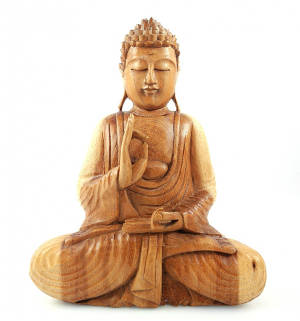
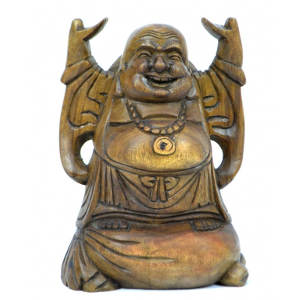
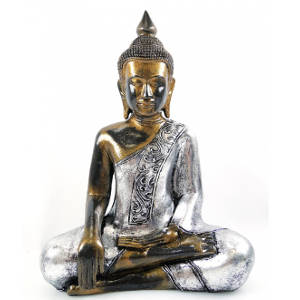

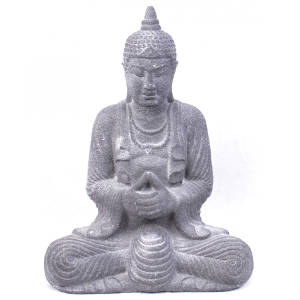
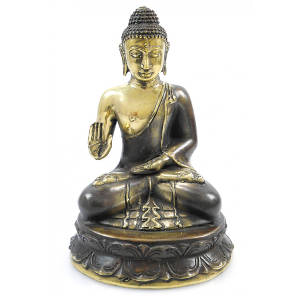
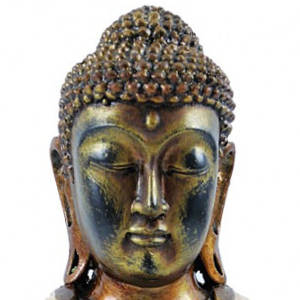
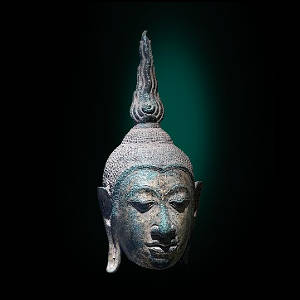
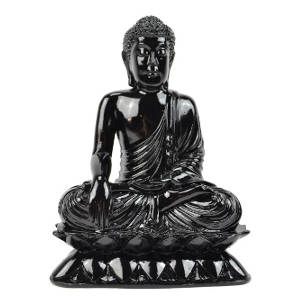
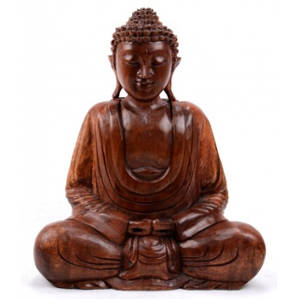
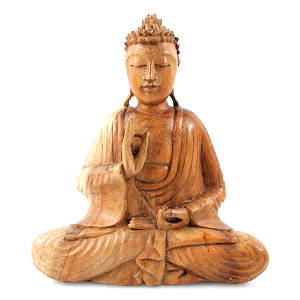

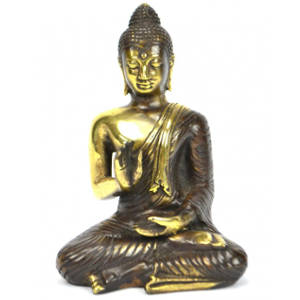
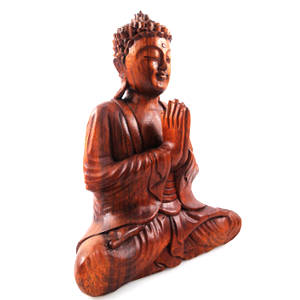







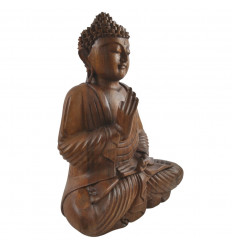
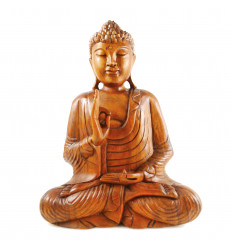







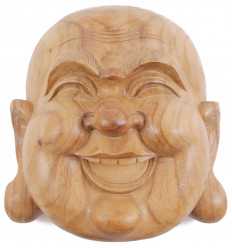

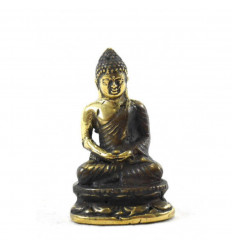

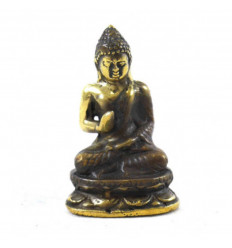




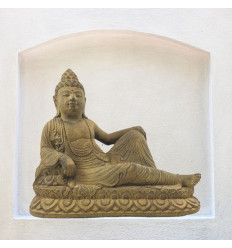




Comments (8)